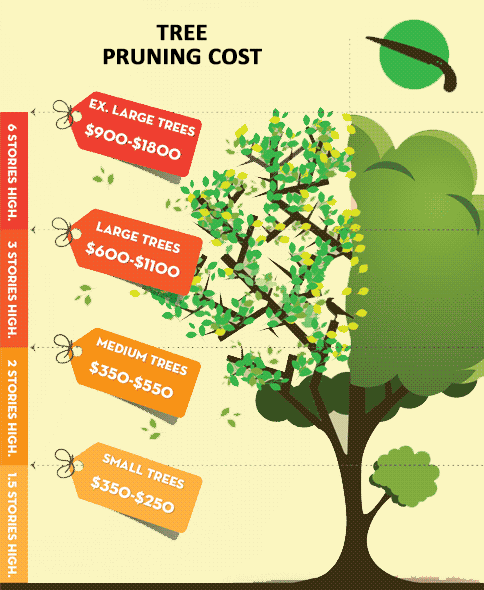Post-Tree Removal Treatment: Reliable Approaches For Landscape Reconstruction
best way to trim cedar trees Written By-Berman Massey After a tree's removal, your landscape might look fairly different, and it's vital to assess the aftermath meticulously. You'll intend to assess the soil disturbance and check surrounding plants for any kind of indications of stress. Neglecting these variables can bring about larger troubles down the line. So, what should you do with those stumps and origins? And exactly how do you pick the best plants for your revitalized area? Allow's check out these important steps.
Analyzing the Aftermath: Reviewing Your Landscape
After a tree removal, it's crucial to analyze your landscape to recognize the effect it carries your backyard. Begin by examining the location where the tree stood. Look for indications of soil disturbance, and examine the surrounding plants for any type of stress or damages. You ought to additionally keep in mind of how the elimination has altered sunshine exposure and air movement in your yard. This shift can impact the development of close-by plants, so it's necessary to assess their health. Think about the visual facets also; the elimination may develop an open space that you can redesign. Ultimately, consider any type of prospective disintegration issues that could arise from the tree's lack. Attending to these variables early will aid bring back equilibrium to your landscape.
Handling Stumps and Origins: Choices for Elimination
When you have actually assessed the after-effects of the tree elimination, you'll likely need to tackle the stump and roots left behind. You have a couple of choices for removal. One reliable method is stump grinding, where a professional makes use of a device to grind the stump down to underground level. This approach leaves very little disruption to your landscape. If you choose a DIY technique, you can make use of a combination of excavating and chemical stump eliminators. Just bear in mind, this process can take time and initiative. Conversely, consider leaving the stump as a natural attribute, which can serve as a distinct yard component or environment for wild animals. Whatever you choose, dealing with the stump and origins is vital for recovering your landscape.
Selecting the Right Plants for Your New Area
As you analyze your recently cleared space, picking the right plants can significantly boost your landscape's elegance and capability. Start by considering how to trim a large ficus tree and soil problems. For sunny locations, opt for drought-resistant plants like lavender or succulents. In shaded spots, ferns and hostas prosper well. Think about the dimension and growth behaviors of your plants; mix perennials and annuals for seasonal selection. Do not fail to remember to incorporate indigenous types; they require less upkeep and support neighborhood wildlife. Team plants in odd numbers for a much more all-natural appearance and produce layers for visual deepness. Finally, guarantee you have a mix of colors and structures to maintain your landscape vivid throughout the seasons. Happy planting!
Final thought
In conclusion, restoring your landscape after tree elimination is a fulfilling procedure. By analyzing the consequences, resolving stumps and origins, and picking the right plants, you'll develop a successful atmosphere. Don't neglect to incorporate disintegration control procedures to shield your soil. With a little effort and care, you can change your area into a vivid yard that improves your residential or commercial property. Welcome the opportunity to revitalize your landscape and delight in the elegance of nature right in your backyard! 